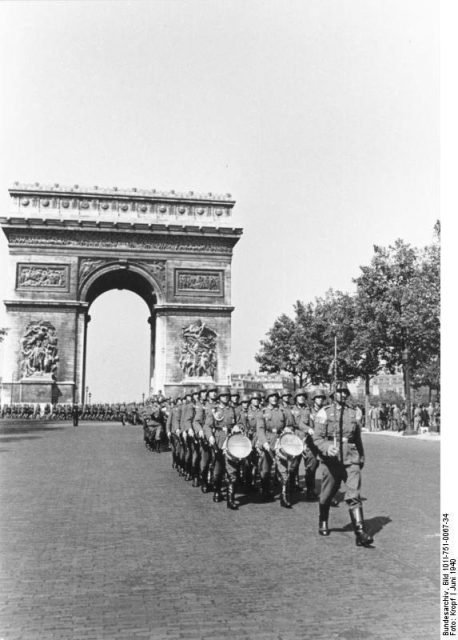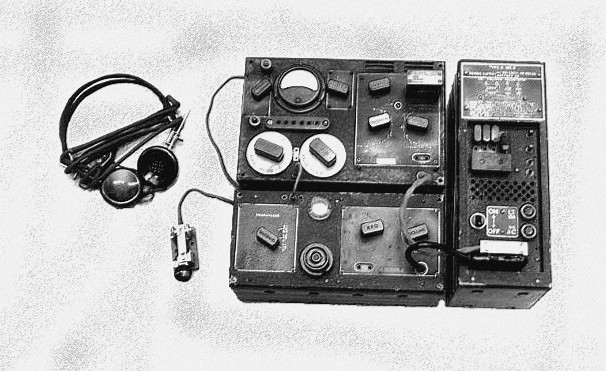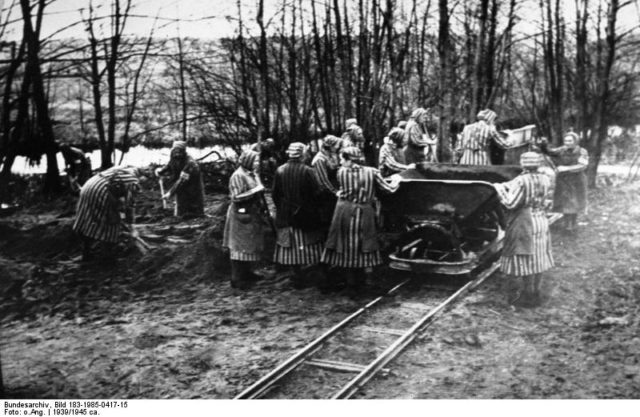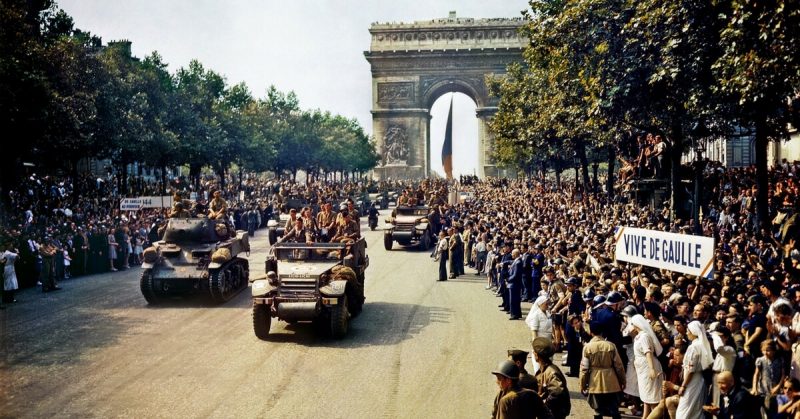On September 2, 2010, an 89-year-old woman’s body was discovered in a modest apartment in the British town of Torquay, Devon. She had died several days before. Neighbors claimed she had been a recluse who loved cats.
As the police examined her possessions to ascertain her next of kin, however, they discovered something incredible. As a result, she ended up with a far more elaborate funeral than she probably would have liked… although it was certainly one she deserved.
Eileen Mary “Didi” Nearne was born on March 16, 1921, in London, England, the youngest of four children. Two years later, the family moved to France and were living there in 1940 when Nazi Germany invaded. Her parents decided to remain but sent the family back to Britain.
The journey was not easy. Eileen and her sister, Jacqueline, had to travel through neutral Spain, then Portugal and made their way to Glasgow in Scotland before finally reaching London in 1942. There they were offered jobs with the Women’s Auxiliary Air Force (WAAF), but Eileen refused.
She was fluent in French, so British intelligence offered her a job with the Special Operations Executive (SOE). Eileen stayed in Britain working as a signals operator. What she did not know was that Jacqueline and also her brother, Francis, had been recruited and were sent back to France.

Francis did not quite make the grade and went back to Britain. Jacqueline did better. For 14 months, she acted as a courier in Nazi-occupied France – moving cash, weapons, and ammo before she was recalled to Britain in April 1944.
Eileen was sent to France to work in the field. On March 2, 1944, she was flown to Les Lagnys, Saint-Valentine in Indre, France. SOE’s primary function in Europe was sabotage operations. Eileen’s role, however, was to work as a wireless operator for the Wizard Network.
It was the brainchild of Jean Millet (also called Jean Savy) – a commander in the French army who worked for the SOE. As D-Day approached, he created safe houses for Allied troops and helped finance local resistance movements.
The Frenchmen she met thought she was too young for such dangerous work. Eileen refused to be sent back and assumed her alias Mademoiselle du Tort or Jacqueline Duterte, or simply “Rose.”
She worked for Wizard in Paris – raising money and keeping open a wireless link to London. In April, Savy’s network discovered the Germans were about to launch a new powerful weapon against Britain – V1 rockets. He returned to Britain leaving Eileen to continue the wireless work.
For five months she transmitted messages, but it was not easy. The Germans were getting better at detecting radio transmissions, and agents were getting caught. To stay ahead, Eileen regularly changed addresses, always moving after sending a message to London. She was nearly caught on a train when a flirtatious German soldier offered to carry her bag – the very one which contained her transmitter.

On July 21, 1944, Eileen had just sent her 105th message when she heard the wail of sirens outside. She quickly burnt her notebook and hid her equipment before the Gestapo broke in. The burning papers were incriminating enough, but they found her radio.
Eileen claimed she was simply sending messages to her boss. She was taken to the Gestapo HQ where she was stripped naked and underwent their notorious water torture. Refusing to divulge any information she was then sent to the Ravensbruck concentration camp in Germany.
She refused to do any prison work and was threatened with being shot. Over the next few months, they moved her from one labor camp to another and repeatedly tortured her. They also shaved her head.
In April 1945 as the Allied forces were drawing near the women were force marched out of their camp. Eileen and two French women escaped and hid in the forest but were discovered by SS officers. Fortunately, they were able to convince them that they were local workers and were released.

They made their way to Leipzig where a Catholic priest hid them until the Americans liberated the city on April 15.
For her work, the French awarded her a Croix de Guerre. King George VI made her a Member of the Order of the British Empire (MBE).
She never recovered psychologically from her torture at the hands of the Gestapo. After the war, she lived with her sister in London. She was provided with a pension in 1946, but gradually each year the amount was reduced until in 1950 it was withdrawn – despite her pleas.
In 1997, she took part in a TV interview about her role in WWII, but spoke in French, wore a wig, and insisted on being called “Rose.”
Her funeral was paid for by Torbay Funeral Services – complete with a piper, members of the police and military. It was a late but well-deserved tribute for a woman who had done so much for her country.
